FINE DUST TAKES OVER NATION
입력 2021.01.14 (15:04)
수정 2021.01.14 (16:45)
읽어주기 기능은 크롬기반의
브라우저에서만 사용하실 수 있습니다.
[Anchor Lead]
After the latest cold snap receded, South Korea is being blanketed by fine dust. The density of fine dust will remian high until Friday, as a yellow dust storm originating from the Gobi Desert is also affecting the nation. Last year, the country saw the lowest density of fine dust since related observation began. But it is predicted to experience more attacks of fine dust this year. Here is more.
[Pkg]
Near the Hangang River with the cold lingering. The landscape of the city looks blurred across the snow-covered river. Outlines of buildings are barely visible. Following the latest cold snap, the Korean Peninsula has been hit by fine dust. The level of ultrafine dust will remain high across the nation Thursday. It will temporarily rise to a ‘very bad' degree in the western part of the nation. The concentration of larger fine dust particles will also become high due to the impacts of a yellow dust storm originating from the Gobi Desert in China.
[Soundbite] LEE SEO-YOUNG(YONSEI UNIV. ATMOSPHERIC RADIATION LABORATORY) : "In addition to domestic emissions accumulated due to stagnant air, yellow dust as well as fine dust blew in from China."
Fine dust concentrations will drop when the cold is back this weekend. Last year in South Korea, the annual average fine dust level fell to the lowest record since related observation began, while ultrafine dust concentration never soared to the “very bad” degree. It was due to meteorological factors and reduced air pollutant emissions at home and abroad. But the situation has become different this year. For example, Seoul was affected by four spells of fine dust in December. Air quality worsened whenever the cold eased off. The problem is that temperatures are forecast to be similar or higher than the seasonal normalcy for the remainder of this winter.
[Soundbite] PARK ROK-JIN(PROF., SEOUL NATIONAL UNIVERSITY) : "A higher temperature means air will highly likely become stagnant and the Siberian high pressure system will get weaker. Therefore, fine dust levels are predicted to rise."
The nation will likely suffer again from fine dust unless it reduces domestic emissions through its seasonal management system, which will be in effect until March.
After the latest cold snap receded, South Korea is being blanketed by fine dust. The density of fine dust will remian high until Friday, as a yellow dust storm originating from the Gobi Desert is also affecting the nation. Last year, the country saw the lowest density of fine dust since related observation began. But it is predicted to experience more attacks of fine dust this year. Here is more.
[Pkg]
Near the Hangang River with the cold lingering. The landscape of the city looks blurred across the snow-covered river. Outlines of buildings are barely visible. Following the latest cold snap, the Korean Peninsula has been hit by fine dust. The level of ultrafine dust will remain high across the nation Thursday. It will temporarily rise to a ‘very bad' degree in the western part of the nation. The concentration of larger fine dust particles will also become high due to the impacts of a yellow dust storm originating from the Gobi Desert in China.
[Soundbite] LEE SEO-YOUNG(YONSEI UNIV. ATMOSPHERIC RADIATION LABORATORY) : "In addition to domestic emissions accumulated due to stagnant air, yellow dust as well as fine dust blew in from China."
Fine dust concentrations will drop when the cold is back this weekend. Last year in South Korea, the annual average fine dust level fell to the lowest record since related observation began, while ultrafine dust concentration never soared to the “very bad” degree. It was due to meteorological factors and reduced air pollutant emissions at home and abroad. But the situation has become different this year. For example, Seoul was affected by four spells of fine dust in December. Air quality worsened whenever the cold eased off. The problem is that temperatures are forecast to be similar or higher than the seasonal normalcy for the remainder of this winter.
[Soundbite] PARK ROK-JIN(PROF., SEOUL NATIONAL UNIVERSITY) : "A higher temperature means air will highly likely become stagnant and the Siberian high pressure system will get weaker. Therefore, fine dust levels are predicted to rise."
The nation will likely suffer again from fine dust unless it reduces domestic emissions through its seasonal management system, which will be in effect until March.
■ 제보하기
▷ 카카오톡 : 'KBS제보' 검색, 채널 추가
▷ 전화 : 02-781-1234, 4444
▷ 이메일 : kbs1234@kbs.co.kr
▷ 유튜브, 네이버, 카카오에서도 KBS뉴스를 구독해주세요!
- FINE DUST TAKES OVER NATION
-
- 입력 2021-01-14 15:04:05
- 수정2021-01-14 16:45:26
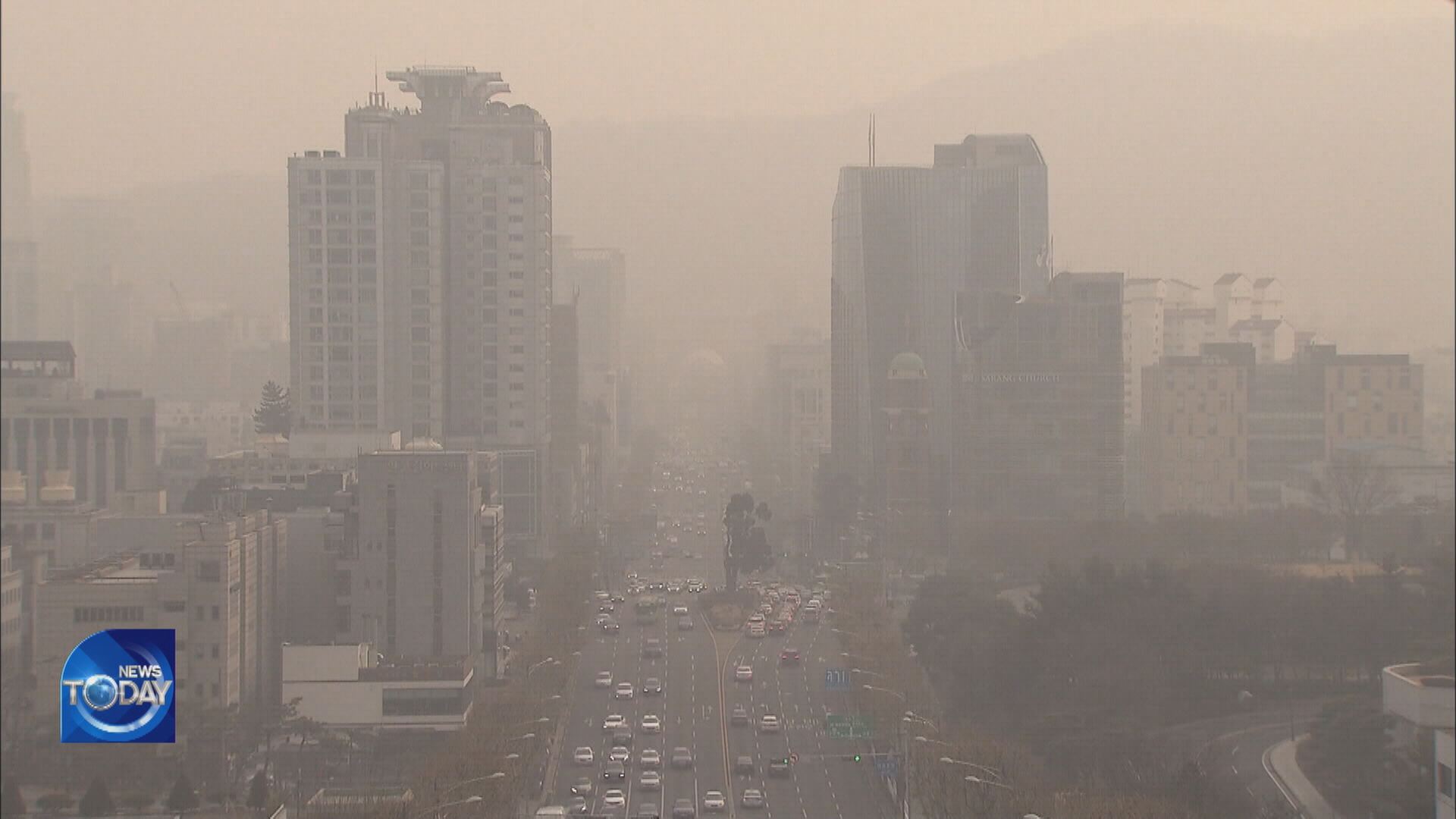
[Anchor Lead]
After the latest cold snap receded, South Korea is being blanketed by fine dust. The density of fine dust will remian high until Friday, as a yellow dust storm originating from the Gobi Desert is also affecting the nation. Last year, the country saw the lowest density of fine dust since related observation began. But it is predicted to experience more attacks of fine dust this year. Here is more.
[Pkg]
Near the Hangang River with the cold lingering. The landscape of the city looks blurred across the snow-covered river. Outlines of buildings are barely visible. Following the latest cold snap, the Korean Peninsula has been hit by fine dust. The level of ultrafine dust will remain high across the nation Thursday. It will temporarily rise to a ‘very bad' degree in the western part of the nation. The concentration of larger fine dust particles will also become high due to the impacts of a yellow dust storm originating from the Gobi Desert in China.
[Soundbite] LEE SEO-YOUNG(YONSEI UNIV. ATMOSPHERIC RADIATION LABORATORY) : "In addition to domestic emissions accumulated due to stagnant air, yellow dust as well as fine dust blew in from China."
Fine dust concentrations will drop when the cold is back this weekend. Last year in South Korea, the annual average fine dust level fell to the lowest record since related observation began, while ultrafine dust concentration never soared to the “very bad” degree. It was due to meteorological factors and reduced air pollutant emissions at home and abroad. But the situation has become different this year. For example, Seoul was affected by four spells of fine dust in December. Air quality worsened whenever the cold eased off. The problem is that temperatures are forecast to be similar or higher than the seasonal normalcy for the remainder of this winter.
[Soundbite] PARK ROK-JIN(PROF., SEOUL NATIONAL UNIVERSITY) : "A higher temperature means air will highly likely become stagnant and the Siberian high pressure system will get weaker. Therefore, fine dust levels are predicted to rise."
The nation will likely suffer again from fine dust unless it reduces domestic emissions through its seasonal management system, which will be in effect until March.
After the latest cold snap receded, South Korea is being blanketed by fine dust. The density of fine dust will remian high until Friday, as a yellow dust storm originating from the Gobi Desert is also affecting the nation. Last year, the country saw the lowest density of fine dust since related observation began. But it is predicted to experience more attacks of fine dust this year. Here is more.
[Pkg]
Near the Hangang River with the cold lingering. The landscape of the city looks blurred across the snow-covered river. Outlines of buildings are barely visible. Following the latest cold snap, the Korean Peninsula has been hit by fine dust. The level of ultrafine dust will remain high across the nation Thursday. It will temporarily rise to a ‘very bad' degree in the western part of the nation. The concentration of larger fine dust particles will also become high due to the impacts of a yellow dust storm originating from the Gobi Desert in China.
[Soundbite] LEE SEO-YOUNG(YONSEI UNIV. ATMOSPHERIC RADIATION LABORATORY) : "In addition to domestic emissions accumulated due to stagnant air, yellow dust as well as fine dust blew in from China."
Fine dust concentrations will drop when the cold is back this weekend. Last year in South Korea, the annual average fine dust level fell to the lowest record since related observation began, while ultrafine dust concentration never soared to the “very bad” degree. It was due to meteorological factors and reduced air pollutant emissions at home and abroad. But the situation has become different this year. For example, Seoul was affected by four spells of fine dust in December. Air quality worsened whenever the cold eased off. The problem is that temperatures are forecast to be similar or higher than the seasonal normalcy for the remainder of this winter.
[Soundbite] PARK ROK-JIN(PROF., SEOUL NATIONAL UNIVERSITY) : "A higher temperature means air will highly likely become stagnant and the Siberian high pressure system will get weaker. Therefore, fine dust levels are predicted to rise."
The nation will likely suffer again from fine dust unless it reduces domestic emissions through its seasonal management system, which will be in effect until March.
이 기사가 좋으셨다면
-
좋아요
0
-
응원해요
0
-
후속 원해요
0










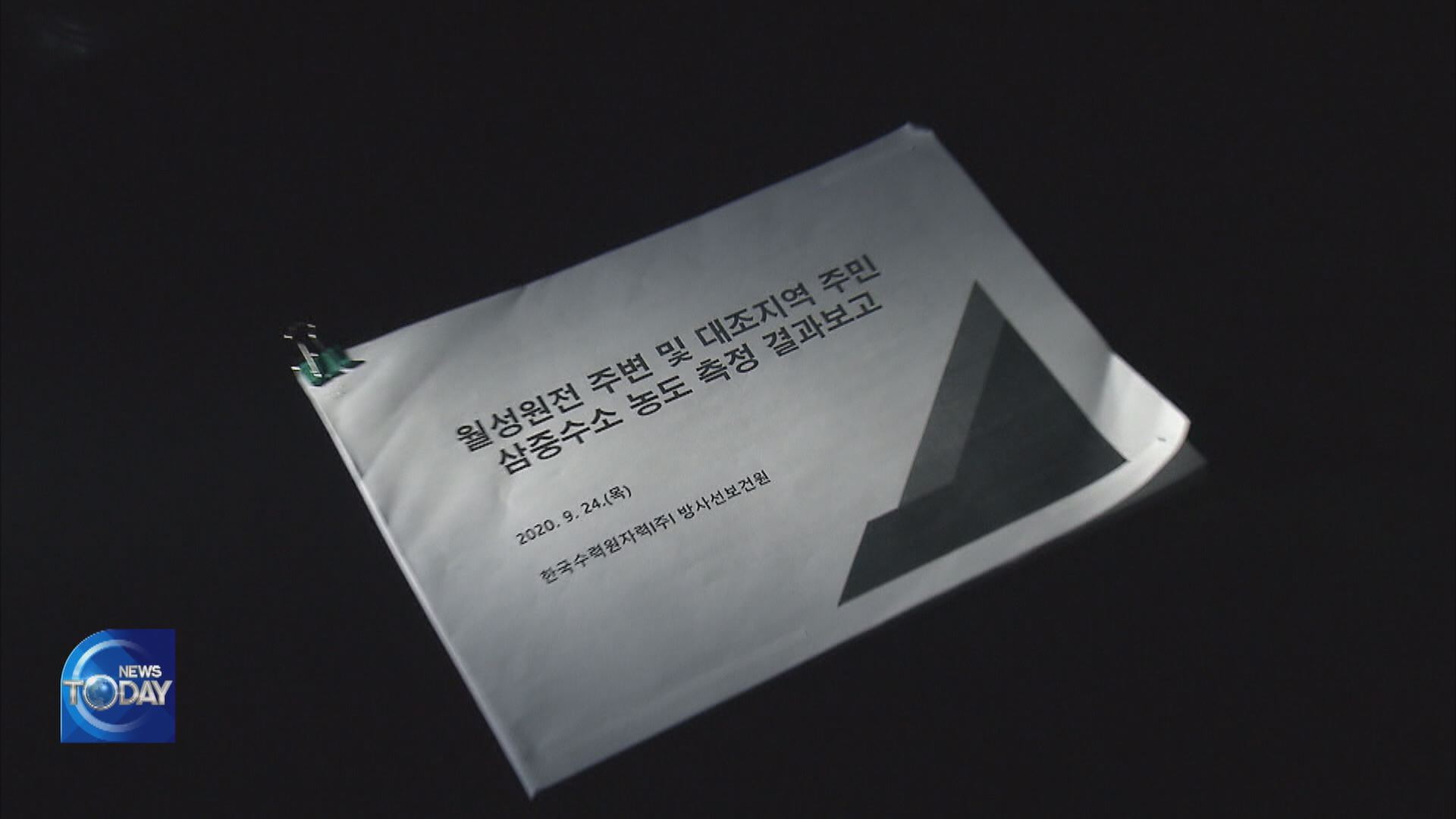
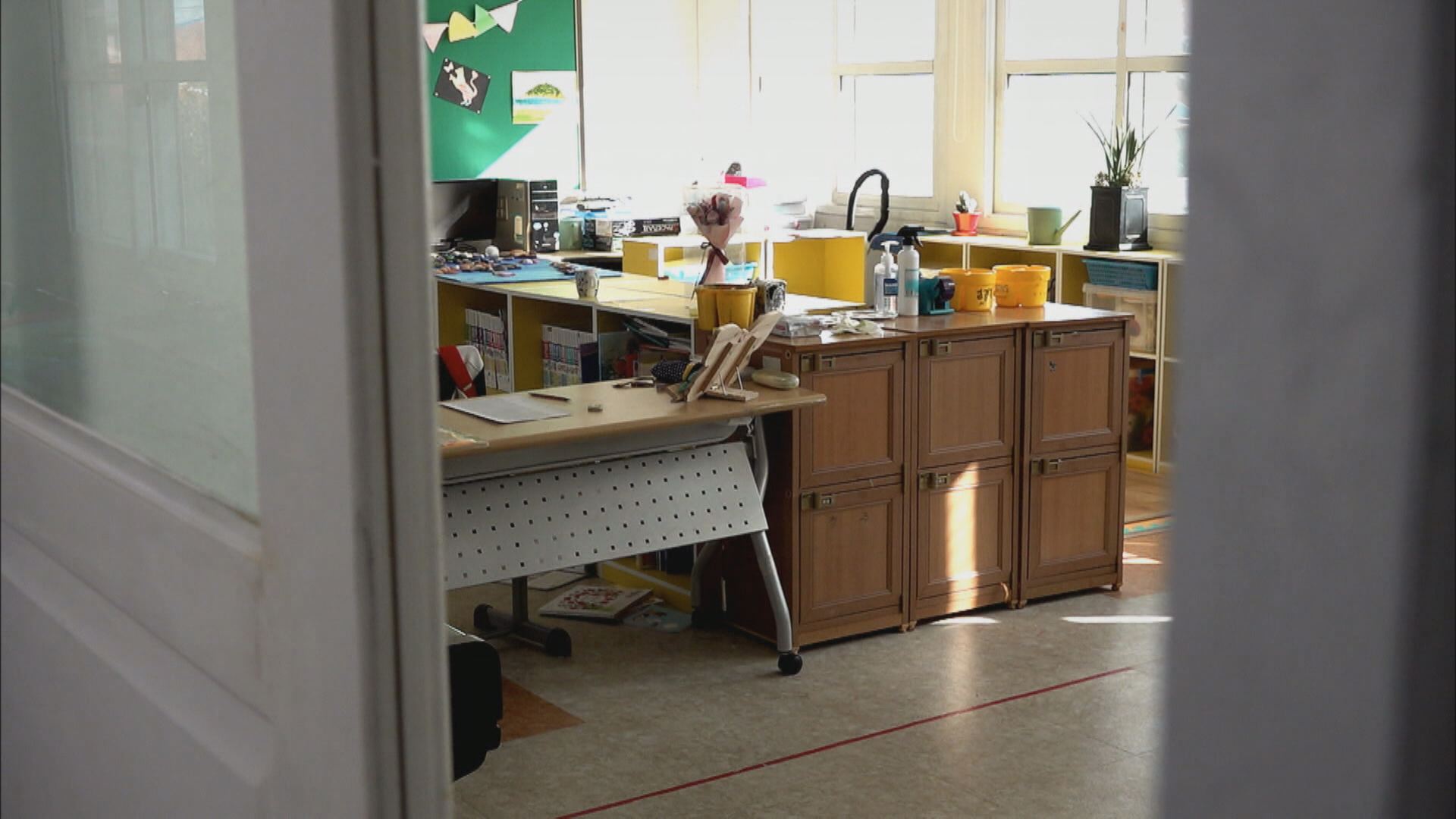
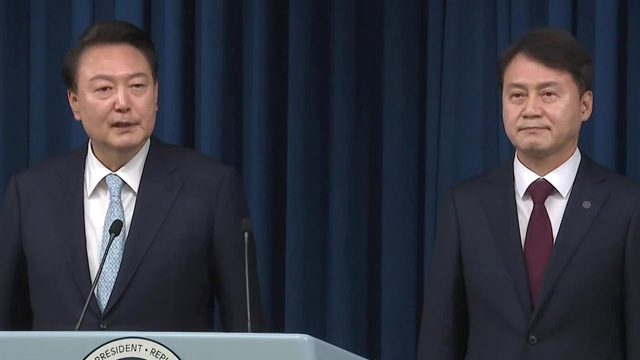

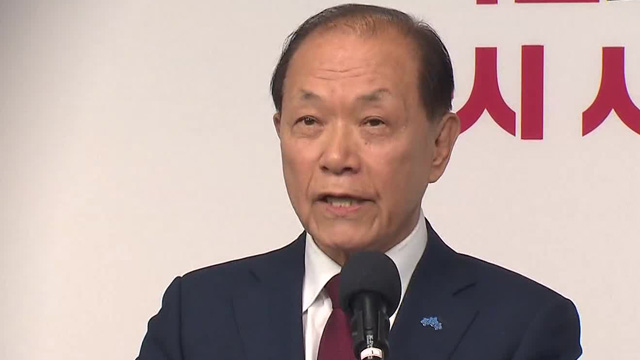
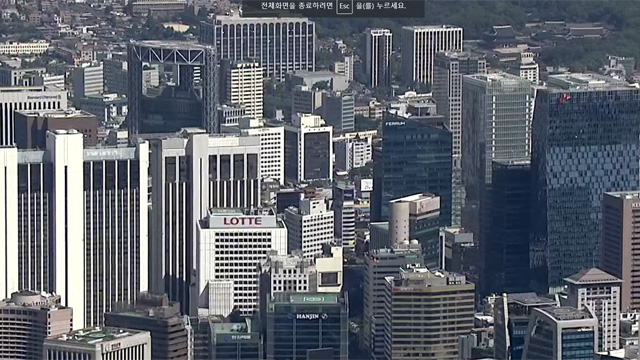

이 기사에 대한 의견을 남겨주세요.